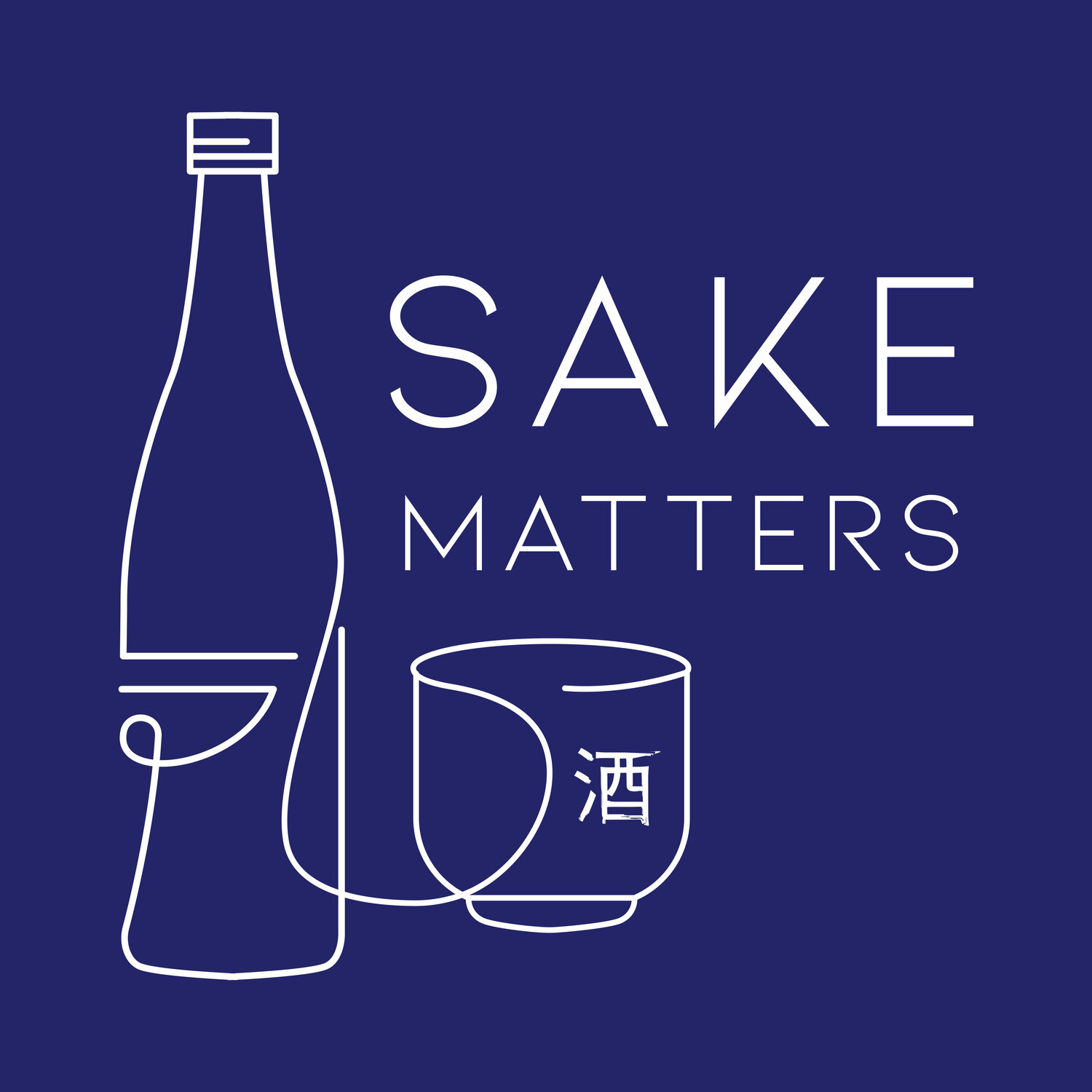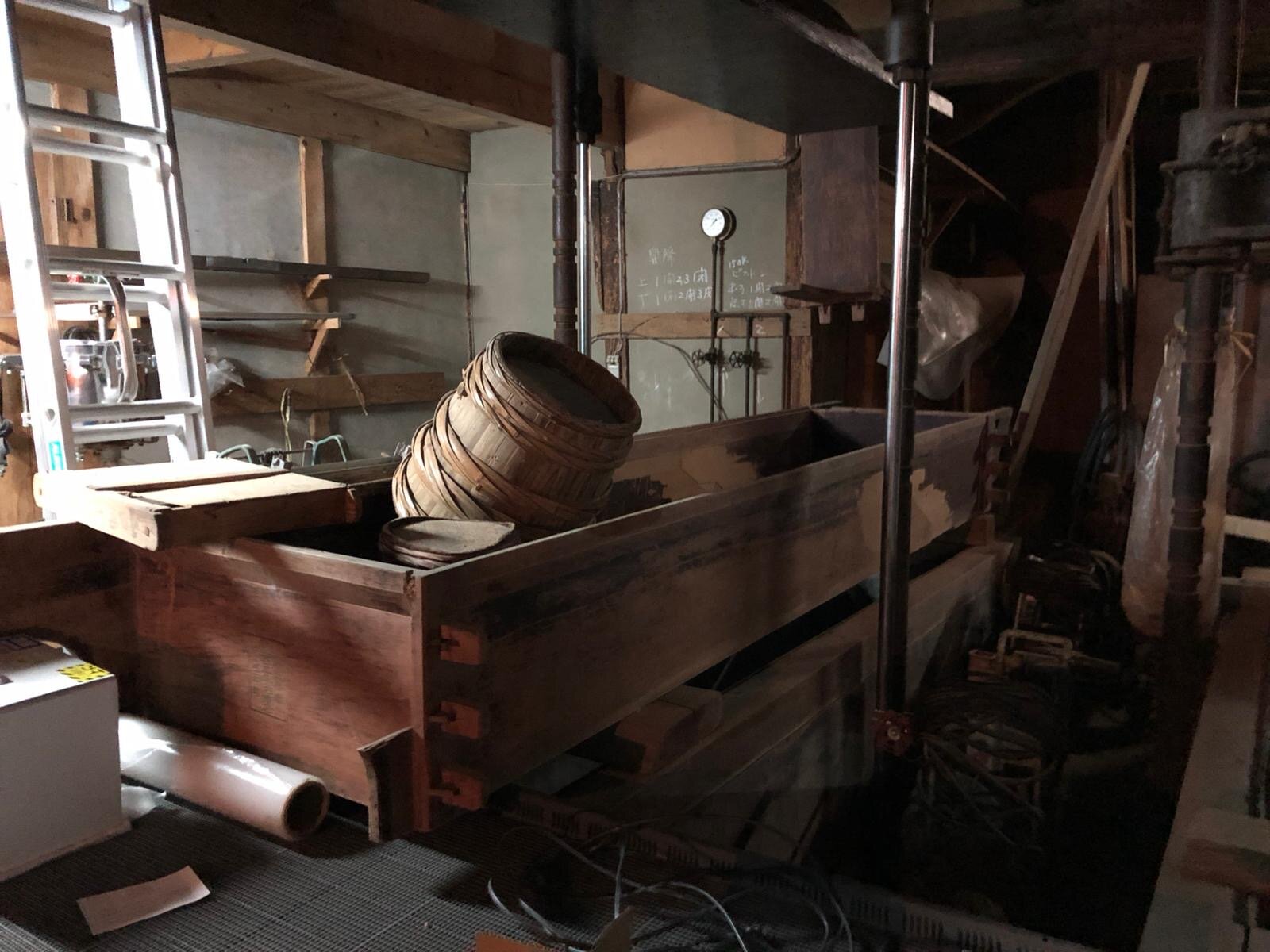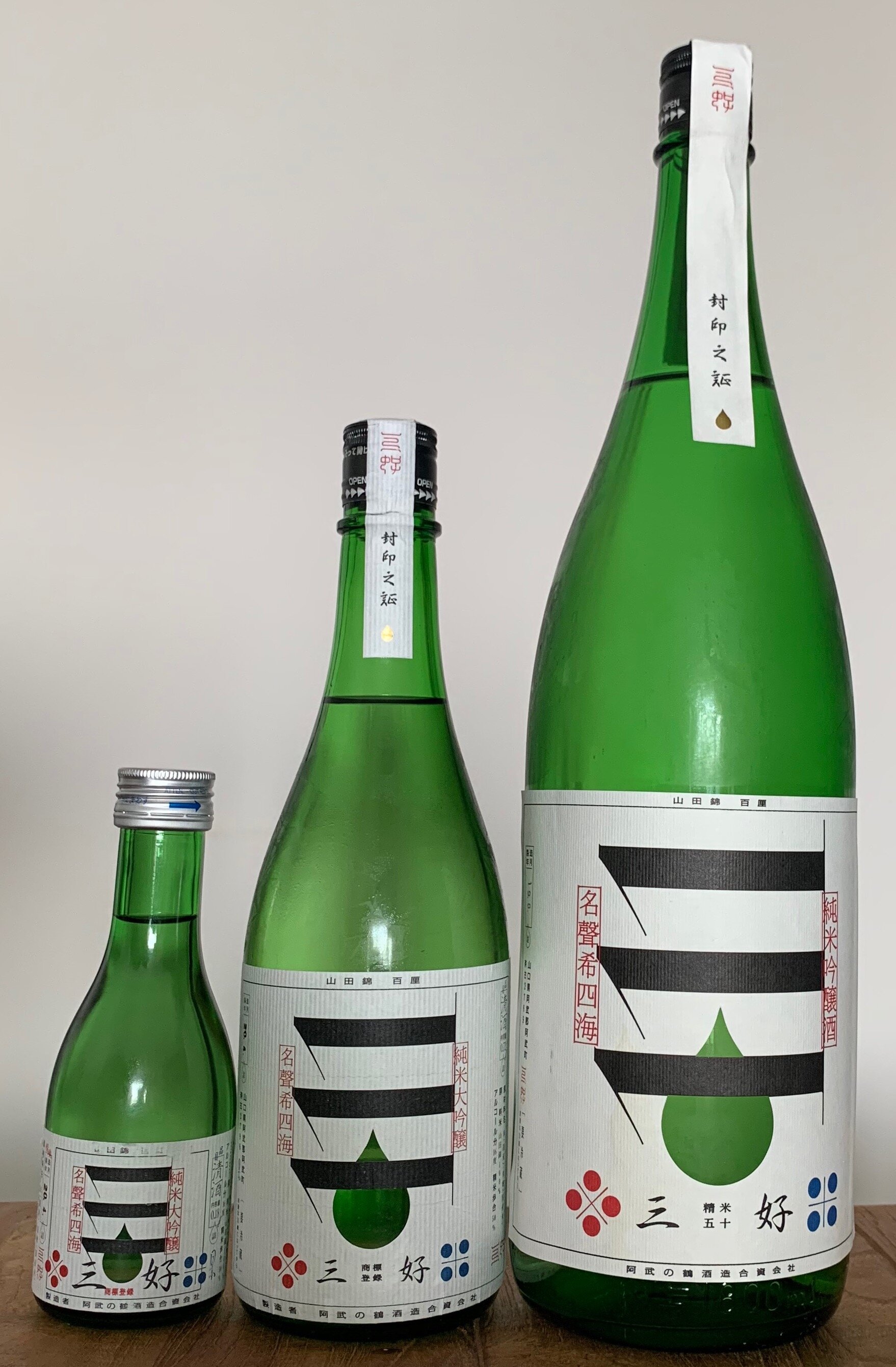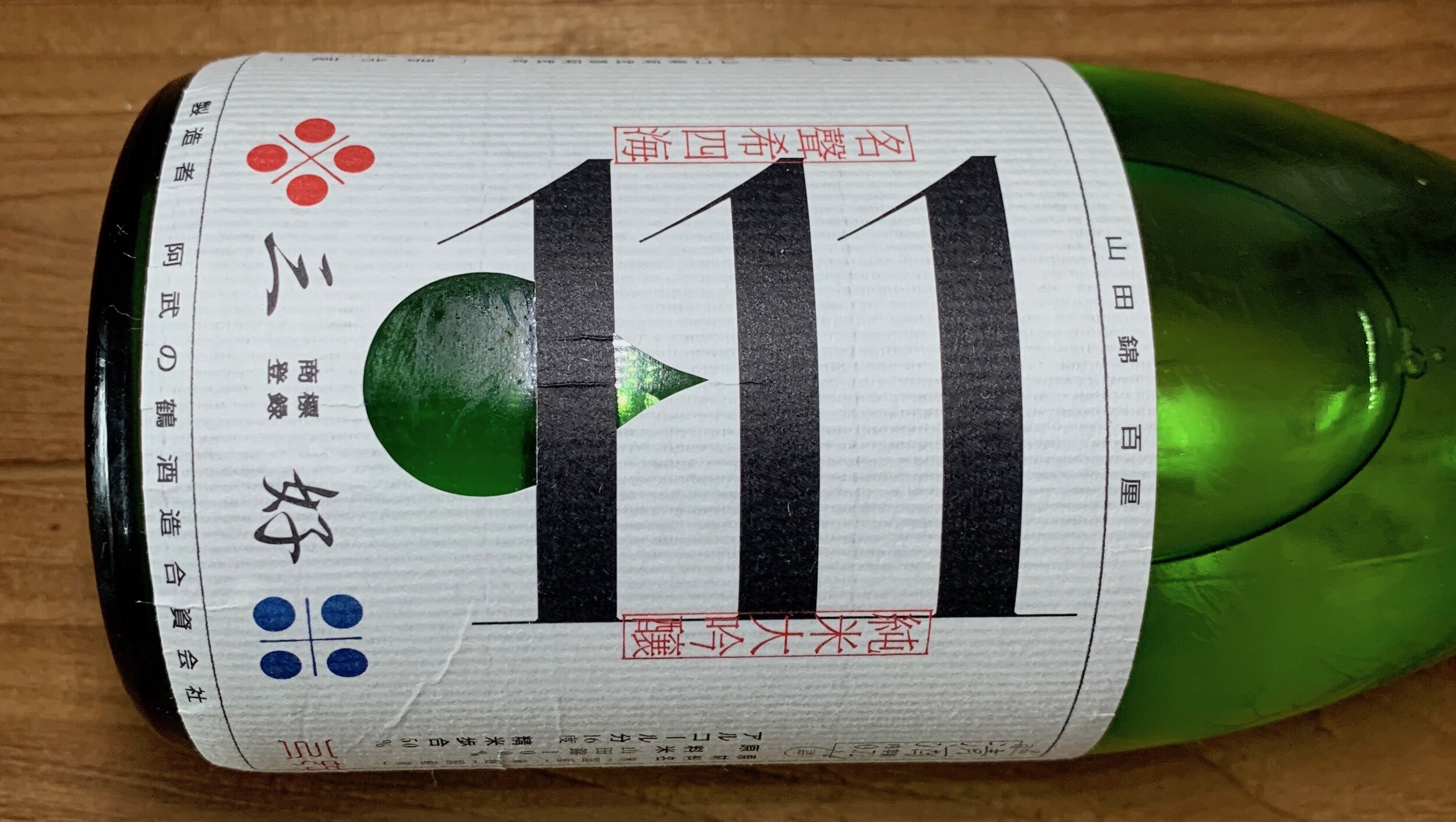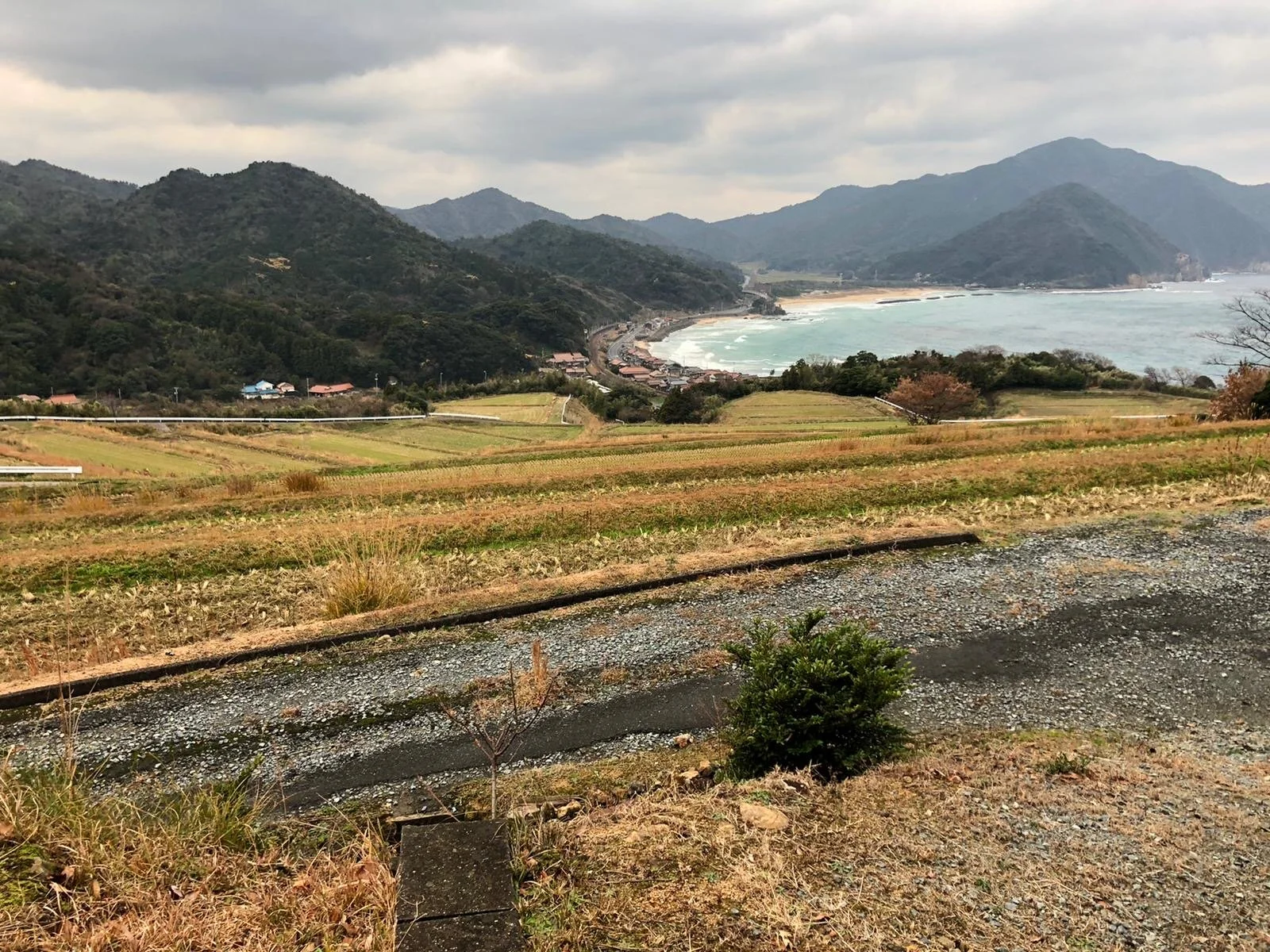POWER OF 3
It seems that everything is in a state of change these days. Climate, politics, how we as people behave, and how we look after each other. The Sake world also has seen some significant changes in the short and medium term, but it is good to see that in the export market data, Hong Kong remains in second place, after the USA, on Sake import by value.
In Hong Kong, we’re spoilt for choice in many ways when it comes to buying and enjoying Sake. However, it’s always interesting to drill down further into the stats and, when you do, it becomes clear that Hong Kong has expensive tastes - our price per tonne of Sake is almost twice that of USA’s.
Mr. Ryutaro Miyoshi
I rant about this thirst for premium quite a lot so whenever a fresh, experimental pioneer brewer comes along to mess with the Sake zeitgeist, I get quite excited. Enter Mr. Ryutaro Miyoshi, a 30-something newbie who in 2016 resurrected the largely derelict Abunotsuru Brewery of his grandfather in Yamaguchi Prefecture, blowing off 34 years of dormant cobwebs.
Miyoshi-san is, now, indeed the 6th generation but he hasn’t cruised into a comfortable role that was his birthright, kicking back into the outgoing CEO’s still warm office chair. In fact he actively, and happily, initially followed his creative passions, taking up a college place in Tokyo studying Architecture and then working in Interior Design, only to come to the realisation that it wasn’t right for him.
Sake brewing called and the next eight years were spent under the tutelage of several breweries in Chiba, Gifu and finally, closer to home, at Sumikawa Brewery back in Yamaguchi Prefecture.
Miyoshi-san’s career so far had been driven by the desire to be creative. Stumbling through the warehouse that was now a shadow of its former brewing glory, and certainly well outside of his comfort zone, he would comment:
“I cleaned up a lot, but I still have a lot of old equipment. I didn't know what I was using for what process”
More pressing was the fact that he would be required to obtain a brewing permit again, very mindful of the fact that the outmoded warehouse would far from meet the current equipment standards, and much of it was unusable.
Step in a designer’s mind, fuelled by an innate desire to create and Miyoshi-san would hastily obtain the permit by repairing some of the brewing space, for the time being at least, until more permanent solutions could be integrated.
If the Sake is as good as the label…
BY 2016 rolled around and the “Crane of Abu" would soar again, rejuvenated with a new brand, quite simply the family name: "Miyoshi". With design hat back on, Toji Miyoshi-san was able to weave some magic to this fairytale story of resurgence with an award-winning label design recognised around the world, that reflects his journey and the context of his Sake.
And this is where I can finally unravel the Power Of 3 title of this article.
The striking three ‘1’s on the label represent not only the three key ingredients for Sake - rice, water and koji - but importantly also the three key elements of a business working in harmony - sellers, buyers, public. Miyoshi-san explains:
“I really feel that Miyoshi is supported by a lot of people. They gave me second-hand items such as a steamer and a chiller at a cheap price, or loaned them to me from other Sake breweries. I am very much helped by the Sensei in the Sake brewing industry in Yamaguchi Prefecture”
The Abunotsuru Brewery neighbourhood
"We are keenly aware that the water we use is the local well water, and the rice we use is Yamadanishiki, which is cultivated in the rice terraces in the town. We are strongly aware that it is a local product of Abu. I want to make sure that Miyoshi will be a meaningful tool for sending information to and from the Prefecture”
This journey isn’t an unfamiliar one in the world of Sake. The modern world has opened up so many opportunities to distract brewery family youngsters from their calling, only for them to return home, wordly wise and with plenty of airmiles. Miyoshi-san’s lengthy internship experiences however highlighted the very fact that domestic consumption of Sake had peaked, that the future of Abunotsuru Brewery lay in exports.
Aware of the opportunities outside of Japan, Miyoshi-san had participated in many Sake trade fairs in Hong Kong to understand how this market evaluates and purchases Sake, talking to over 50 leading buyers, retailers and supermarkets. These connections proved key in the evolution of the Miyoshi brand, developing a Sake to suit the needs of his soon to be supporters.
The slightly lighter Namazake, right
But how do you stand out in a market which has over 400 Sake brands available? Well, I just found out by tasting Miyoshi Green in both its pasteurised and Nama format. These are Daiginjos, and they live up to the demands of this billing with plenty of fruit fragrance, something Miyoshi-san recognised as important for the Hong Kong consumer.
Also, taking on board another learning, they are a little sweeter than your average Daiginjo. I was getting confected fruits, particularly strawberry, certainly within the Nama. This sweetness, Miyoshi-san feels, will attract more females to his Sakes.
The Nama is the star for me, with a little fizz that is perhaps better described as pétillant it feels, as it’s only just there. A delicate Namazake, far removed from many that are a little too brash and, well, obvious. Rose and blossom come through, it’s playful like that, a little cheeky, I even got some custard powder aromas that sent me right back to indulgent childhood puddings.
I’m relieved a little that I like it. Miyoshi Green’s Nama productions are very small, it would be a crime to have a bottle wasted on me. A short while after opening and having shaken off the chill of the refrigerator a little, some nuttiness developed, certainly almond, and the alchemy that delivers all that fruitiness lifts a little, allowing some ricey-porridge like flavours to show up. It’s a very honest Sake.
100% Yamadanishiki
Miyoshi-san has chosen a well-matched partner in Hong Kong to spread the word. Flavour Of Life has been run by a husband and wife team since 2018, importing Sakes from Kuras that fit with their own values, and selecting partners largely on personality and the story of the brewing operation, its history and craftsmanship. It’s not about big names and fancy bottles. What’s inside - both the bottle and the people - is what counts. Eric and Kayoko first tasted Miyoshi in 2018 whilst at an event in Tokyo and knew they had discovered something very special.
And I can see why. With a recent history of domestic Sake sales in decline, and of course currently a world in turmoil, more than anything else it feels like this guy just did the right thing in a time when it was really needed. Community is important, not least in Abu, a small town with a population of only 3,400 with Abunotsuru Brewery bang in the middle. The brewery is billowing steam again, just as it was for almost 70 years from its inception in 1915 to closing, representative we hope of better times ahead. Welcome back.
“I want to do my best to make good Sake and to give back”
And when I hear that from Miyoshi-san, I really believe him.
FOOTNOTE:
Eric and Kayoko’s business Flavour Of Life is based in Hong Kong importing Sake and wine from Japan. For more information, please contact: askus@flavour-of-life.com
…and follow them on Instagram here: @flavour__of__life
QUICK GLOSSARY:
BY: Brewing Year - the brewing year runs from July 1 to June 30 of the following calendar year so BY2016 mean the Sake was made sometime between July 1, 2016 and June 30, 2017
Koji: Rice that has been inoculated with Koji-kin mold
Sensei: A Japanese term for a teacher, master, or professional
Yamadanishiki: A rice varietal grown specifically for Sake production
Namazake: 生酒 (生:raw, fresh, or living; 酒:sake) – in short, unpasteurized Sake
Daiginjo大吟醸: Sake made from rice at a polishing ratio below 50%
Kura: Sake brewery
LINKS:
Abunotsuru Sake Brewery Joint Stock Company
〒759-3622
2796 Nako, Abu-cho, Abu-gun, Yamaguchi Prefecture
www.abunotsuru.jp
